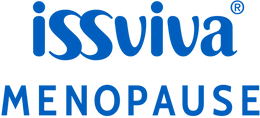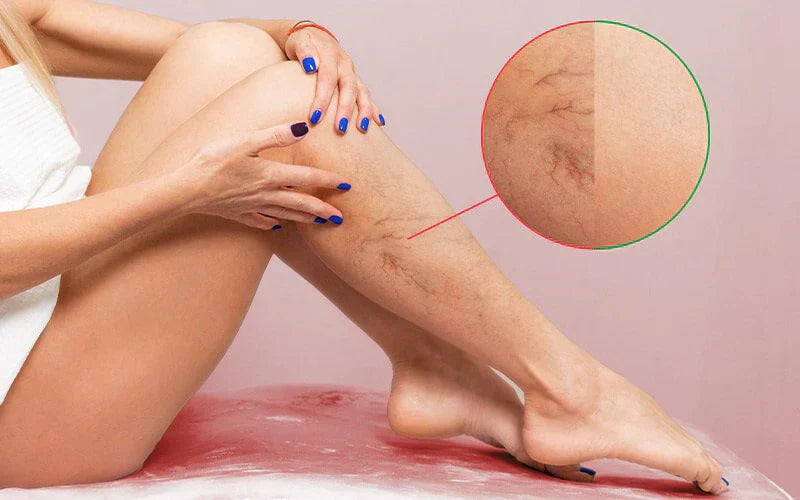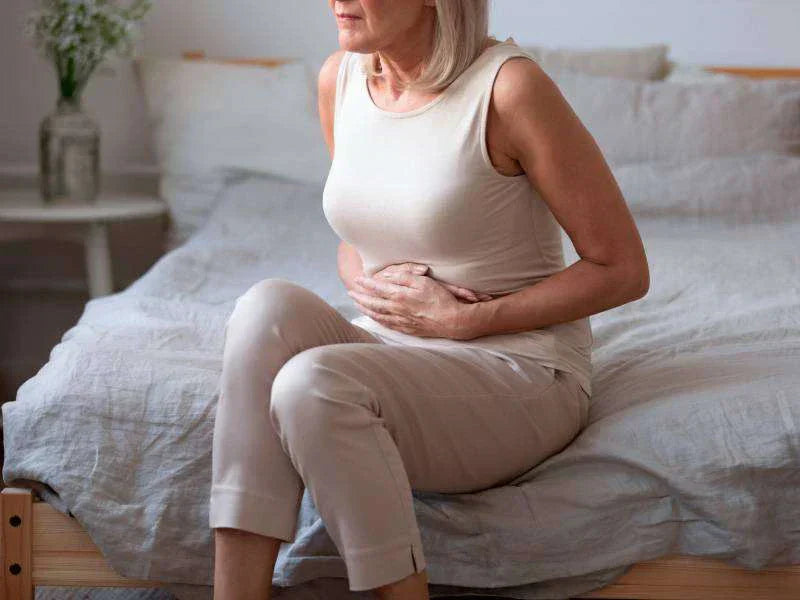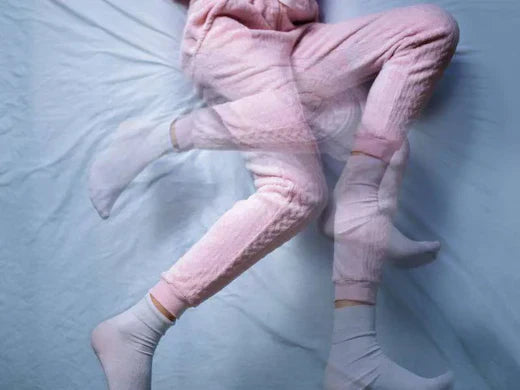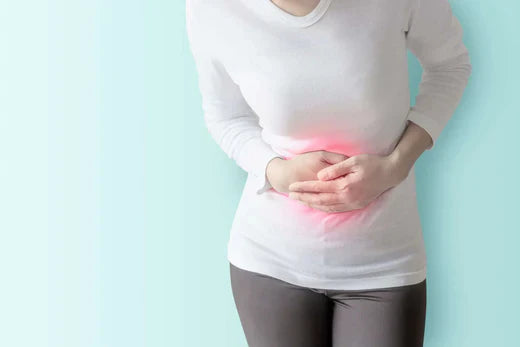Spider veins can appear at any stage of life, although they are most common around menopause. Although they are generally harmless, their appearance can be uncomfortable and affect your confidence; they can even influence your clothing choices. That's why we want to explain what they are and how you can reduce the risk of them appearing with simple measures and daily care.
What are spider veins?
Also known as telangiectasias, these are small veins visible just below the surface of the skin. They can be red, blue or purple in colour and are often grouped together in patterns similar to spiders, spider webs or tree branches. They are also more common on the legs and face (1).

Why do spider veins appear?
They occur due to damage to veins that are usually small and thin. The problem occurs specifically in the internal valves that control blood flow. When these stops working properly, the blood has difficulty circulating in the proper direction (back to the heart), pooling and forming lumps. Over time, the vein develops small branches to decrease the pooling and relieve the pressure caused by this build-up (2,3).
When they appear on the face, they are usually due to thin veins with excess blood or increased blood pressure (3). The origin of these changes is not always clear, but the most common causes include (1,2):
- Hormonal changes.
- Genetic predisposition.
- Connective tissue diseases.
- Injury or trauma to the veins.
Signs and symptoms associated with spider veins
Generally, the main annoyance they cause is their unsightly appearance. However, they can sometimes manifest themselves with symptoms such as (4,5):
- Burning.
- Cramps.
- Itching.
- Feeling of tired, heavy legs.
- Muscle aches and pains.
- Restlessness.
- Palpitations.
- Tingling in the hands and feet.
- Hyperpigmentation.
Who is most at risk?
Here are the factors that increase the risk of developing spider veins (1,2):
- Genetics:
90% of people with this condition have close relatives who have it or suffer from varicose veins.
- Prolonged periods in one position:
Either sitting or standing, as immobility puts additional pressure on the veins.
- Overweight or obesity:
Both conditions raise the pressure in the legs.
- Pregnancy:
Increases blood flow and pressure in the legs.
- Sex:
More common in women.
- Age:
After the age of 50, it becomes twice as common due to the natural weakening of the blood vessels and surrounding muscles.
- Hormone replacement therapy to treat menopausal symptoms, such as hot flushes or nipple discharge, for example. This is because these hormones can weaken the walls of the veins.
- Hormonal contraceptives.
- Smoking or having smoked at some time in your life.
- Severe coughing, sneezing, vomiting or straining during childbirth. These factors can cause injury to the veins in the face due to increased blood pressure.
- Excessive sun exposure. Considering that UV radiation can damage the skin and rupture blood vessels, especially on the face.
How are spider veins diagnosed?
Diagnosis is made by physical examination. Your doctor will also investigate your family and personal history of venous insufficiency. Therefore, in some cases, special tests such as venous and arterial Doppler ultrasound may be recommended to rule out the problem (1, 3, 5).
Recommendations to prevent its onset in menopause
Although genetics plays a major role in its development, you can take steps to delay or reduce the risk of its occurrence (1,2,5):
- Avoid staying in the same position for long periods. Move around every 30 minutes, walking around the room or outdoors.
- Avoid wearing tight clothing. These clothes can interfere with the normal circulation of your veins.
- Maintain a regular exercise routine, especially during menopause. Moving your legs improves blood circulation and helps to prevent the formation of new spider veins.
- Do foot and ankle flexing exercises when you have to stay in one position for a long time. When travelling, for example. These movements stimulate circulation and relieve tingling feet caused by poor mobility.
- If you are overweight or obese, consider consulting a specialist to achieve an appropriate weight. This can regulate blood pressure and promote venous function.
- Elevate your legs twice a day for 30 minutes each time. Make sure they are at least as high as your heart.
- Consult your health care provider about wearing compression stockings. These can be beneficial in preventing spider veins.
- Use sunscreen before leaving the house or exposing yourself to daylight through windows. Also, remember to keep moisturised skin when spending time outdoors.
Ready to take control?
Undoubtedly, skin care measures are essential as they influence your self-esteem. If you think you are at high risk of developing spider veins, follow these tips. And don't forget to consult a health professional to rule out possible circulatory problems. Your well-being is in your hands.
Bibliographical references
- Cleveland Clinic. Spider Veins: Causes, Symptoms & Treatment
. 2022 . Available from: https://my.clevelandclinic.org/health/diseases/24567-spider-veins
- Berry J. Spider veins and varicose veins: What to know
. Medicalnewstoday.com. Medical News Today; 2023 . Available from: https://www.medicalnewstoday.com/articles/324276#causes
- American Academy of Dermatology Association. Leg veins: Why they appear and how dermatologists treat them
. Aad.org. . Available from: https://www.aad.org/public/cosmetic/younger-looking/how-dermatologists-treat-leg-veins
- WebMD. Varicose Veins and Spider Veins: Symptoms and Treatment
. 2023 . Available from: https://www.webmd.com/skin-problems-and-treatments/cosmetic-procedures-spider-veins
- NHS Choices. Overview - Varicose veins
. 2020 . Available from: https://www.nhs.uk/conditions/varicose-veins/
You May Also Like

JOIN US AND GET 10% OFF
Sign up to our newsletter to access free resources, advice and support.
